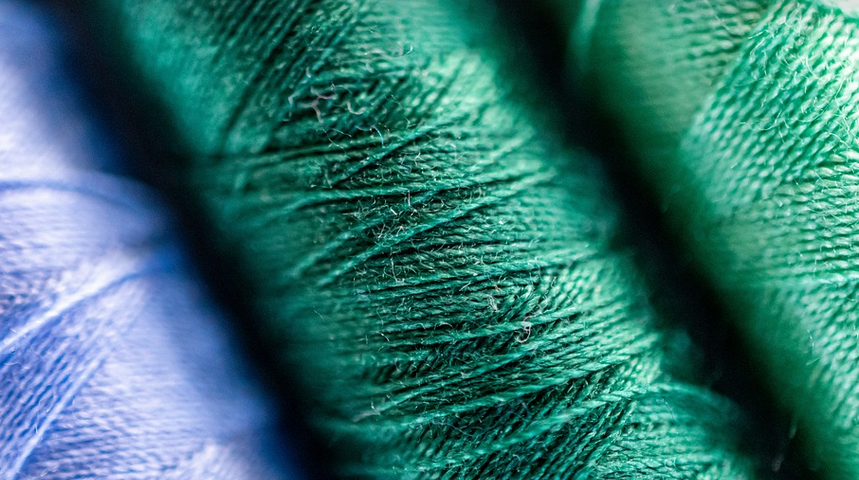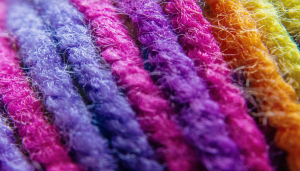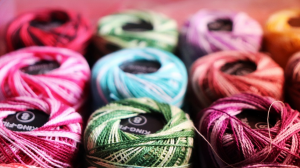
Unleashing the Beauty of Nature’s Palette
Silk, a fabric known for its luxurious softness and elegant drape, has captivated humans for centuries. Its versatility allows it to be used in countless ways, from exquisite clothing to intricate artwork. But beyond its aesthetic appeal lies a world of color waiting to be unveiled – a world that can be explored through the enchanting art of natural dyes.
Natural dyes offer a unique beauty and depth not found in synthetic counterparts. They connect us deeply with the Earth’s vibrant hues, reminding us of centuries-old traditions and the enduring power of nature. Imagine a fabric imbued with the rich, earthy tones of pomegranate or the soft, delicate colors of indigo. These are just glimpses into the vast world of natural dyes for silk.
Why Choose Natural Dyes for Silk?
There’s a certain charm to working with natural dyes, a sense of connection to the natural world that few other methods offer. But there’s more than just aesthetics at play when it comes to choosing natural dyes for silk.
**Ethical and sustainable:** Natural dyes are derived from plants, fruits, insects, and even minerals, all of which are naturally renewable. This makes them a much more environmentally friendly choice compared to synthetic alternatives.
**Unique and vibrant colors:** Natural dyes boast a richness of color that can be difficult to replicate with synthetic options. The hues vary depending on the source material and the dyeing process, offering a unique palette for every project.
**Skin-friendly and hypoallergenic:** Many natural dyes are considered safer than synthetic dyes, as they often contain fewer harsh chemicals that can irritate sensitive skin or those prone to allergies.
**Versatile coloring techniques:** Natural dyes offer more control over the dyeing process, allowing for unique textures and effects. With a little practice, you can create intricate patterns and designs on your silk fabric using natural colorants.
Exploring the World of Natural Dyes: A Journey Through Colors
The world of natural dyes is bursting with diverse colors waiting to be explored. For instance, let’s take the journey into the realm of plant-based dyes:
1. Madder Root Dye:
Madder root is a deep red dye that has been used for centuries. It gives a rich, earthy hue and can create beautiful vintage or bohemian styles.
2. Indigo Dye:
Indigo, derived from the plant of the same name, is famous for its vibrant blue color. It requires specific techniques to achieve the best results but offers a classic look that never goes out of style.
Beyond plants and fruits, natural dyes can also be sourced from insects like cochineal for their bright crimson hue or even wood extract for earthy tones. The possibilities are truly endless.
A Step-by-Step Guide to Dyeing Silk with Natural Dyes
The beauty of natural dyes lies in the art and personalization they allow. Here’s a glimpse into the dyeing process:
**Preparation:**
The first step is gathering your materials:
- Silk fabric
- Natural dye sources (dried plants, powders, etc.)
- A container for boiling water (pot, saucepan, etc.)
- Gloves for protection from colorants and hot water
- Bring a pot of water to a boil.
- Add the chosen dye source (powder, crushed leaves, etc.) and ensure it’s thoroughly dissolved in boiling water.
- Stir gently for several minutes until the color becomes evident.
- Submerge your silk fabric into the dye bath, ensuring all areas are covered.
- Let it soak for several hours or even overnight, depending on the desired depth of color.
- After soaking, gently remove the fabric and rinse it under cold water until the water runs clear.
- Spread out your silk on a clean surface to dry. The natural dyes will continue to develop color during this stage.
**Boiling the Dye:**
**Dyeing the Silk:**
**Drying:**
Embracing the Beauty of Natural Dyes: A Journey of Creativity and Sustainability
Natural dyes offer more than just a vibrant alternative to synthetic colors; they are a journey into creativity, sustainability, and a deeper connection with the Earth. By choosing natural dyes for silk, you’re not just acquiring beautiful fabrics but also contributing to a greener future.



